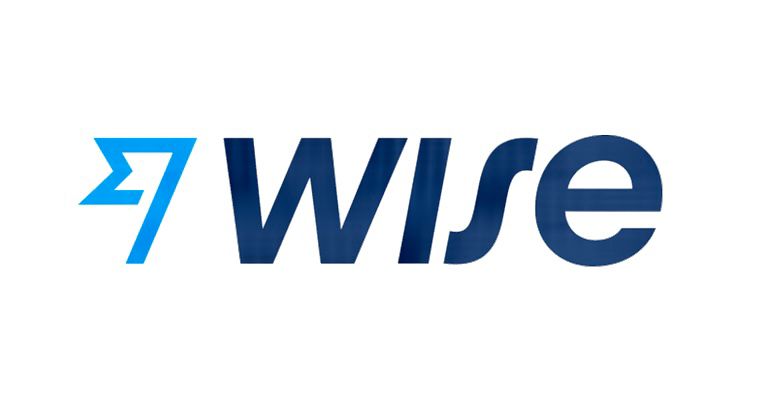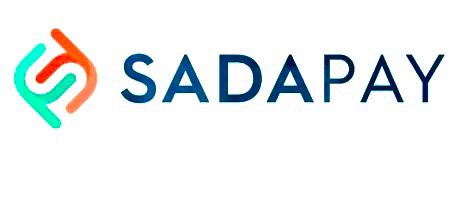Are you teaching your children how to read the Quran? The Noorani Qaida is the foundation of Islamic education. This foundational booklet was developed to teach non-Arabic speakers the basics of Quranic pronunciation, laying the groundwork for confident and accurate Quran recitation.
But how exactly should you teach it to your child, if you’re starting from scratch? Let us share every important detail for parents or tutors. You will get practical strategies and information based on traditional methods and modern experience.
What Is Noorani Qaida?
Noorani Qaida is a beginner’s guide used to teach children and new learners the basic Arabic letters, their correct pronunciation, and how to read Arabic words and Quranic verses fluently. Molvi Noor Muhammad Ludhyanvi compiled it in the Indian subcontinent and is widely used across the Muslim world today.
This booklet is a structured approach to developing Tajweed (correct Quranic pronunciation) skills. It includes:
- Arabic alphabet recognition
- Harakaat (short vowels: Fatha, Kasra, Damma)
- Sukoon, Tanween, Madd
- Joining letters and reading words
- Basic Tajweed rules
By the time a child completes Noorani Qaida with proper guidance, they will be ready to begin reading the Quran independently.
Why Start with Noorani Qaida?
Many parents ask: “Can’t I just start teaching my child from the Quran directly?” The answer is: No. It is not recommended unless the child already knows the Arabic script and phonetics. Arabic has sounds that don’t exist in English or other languages, so children need to be trained to hear and pronounce them correctly.
Here’s why Noorani Qaida is important:
- Builds strong phonetic foundations
- Develops Tajweed skills early on
- Improves confidence in Quran reading
- Makes Quran reading enjoyable instead of overwhelming
Children who start with Noorani Qaida often show better fluency, accuracy, and love for the Quran compared to those who don’t.
Ideal Age to Start Noorani Qaida Lessons
The best time to start teaching a child the Noorani Qaida is between the ages of 4 to 6, depending on their cognitive readiness and interest. At this age, children can absorb new languages quickly and develop accurate pronunciation skills with consistent and repeated practice.
If your child is older, don’t worry, it’s never too late. Noorani Qaida is equally effective for teenagers and adults who want to learn Quranic Arabic from scratch.
How to Teach Noorani Qaida: Step-by-Step?
Teaching Noorani Qaida at home or through a tutor requires patience and methodical progression. Here’s a proven strategy:
1. Start with Letter Recognition
Introduce each Arabic letter individually. Emphasize correct Makharij (articulation points) and Sifat (qualities of letters).
Tip: Use flashcards or coloring sheets to keep younger children engaged.
2. Teach Harakaat (Short Vowels)
Once the child knows the letters, move to short vowels:
- Fatha (ـَ) sounds like “a”
- Kasra (ـِ) sounds like “i”
- Damma (ـُ) sounds like “u”
Practice each letter with all three Harakaat. Repeat daily to reinforce recognition and pronunciation.
3. Introduce Sukoon and Tanween
Sukoon (ـْ) teaches how to end a letter without a vowel sound. Tanween introduces double vowel sounds, which are common in Quranic Arabic.
4. Teach Madd (Stretching Letters)
Explain the concept of Madd letters (Alif, Waw, Yaa). This teaches your child how to stretch vowel sounds when required.
5. Word Building and Reading
Now, start connecting letters to form words. Keep them short at first, like “بَدَ” or “مَسَكَ”. This is a critical transition step before Quran reading.
6. Apply Tajweed Rules Gradually
Introduce basic Tajweed principles like:
- Qalqalah (echoing sound)
- Ikhfa, Idgham, and Iqlab (rules of Noon Saakin and Tanween)
- Rules of Meem Saakin
- Heavy and light letters
Even at the Qaida level, understanding Tajweed ensures lifelong Quran reading accuracy.
7. Use Repetition and Daily Practice
Short, daily lessons (15–30 minutes) are more effective than long sessions. Repetition supports learning, especially for children.
Tools to Make Learning More Effective
To enhance Noorani Qaida learning, you can use the following tools:
- Color-coded Qaida books to highlight different rules
- Audio recordings by native Qaris for pronunciation
- Digital apps for on-the-go revision
- Games and quizzes for review
- Visual charts for articulation points
Also, you can use positive reinforcement strategy. It means to reward progress with praise and small treats to build motivation.
Mistakes to Avoid When Teaching Kids
Many parents unknowingly make common errors that hinder Quranic learning. Here are key ones to avoid:
- Rushing through lessons without ensuring proper understanding
- Ignoring pronunciation accuracy in favor of speed
- Teaching without Tajweed
- Being inconsistent with class timings
- Using fear or pressure, which causes anxiety and disengagement
Always aim to nurture love and respect for the Quran through gentle encouragement and structured guidance.
Should You Teach at Home or Hire a Professional Tutor?
If you’re fluent in Arabic and trained in Tajweed, teaching at home can be a beautiful experience. However, for most parents in non-Arabic speaking countries, professional tutors are highly recommended.
A qualified teacher can:
- Correct articulation on the spot
- Identify weak areas and tailor lessons accordingly
- Build a strong foundation in Tajweed
- Keep children engaged with professional teaching techniques
Why Live 1-on-1 Noorani Qaida Classes Work Best?
One-on-one sessions allow teachers to focus entirely on the child’s pace and learning style. This specific attention leads to faster progress and deeper understanding. Live classes also build a strong student-teacher connection, which helps in motivation and accountability. And with online learning, geography is no longer a barrier.
Learn Noorani Qaida from Certified Global Tutors at AlSyed Quranic
At AlSyed Quranic, we specialize in 1-on-1 live Noorani Qaida classes designed for children and beginners of all ages. Our teachers come from Saudi Arabia, Egypt, UAE, Jordan, and Pakistan, bringing a wealth of Tajweed knowledge and native fluency. We serve students globally, including the USA, UK, Canada, and Australia, and offer flexible class timings to suit your family’s schedule.
Contact us today and let’s build your child’s Quranic foundation together.
FAQs
- How long does it take for a child to complete the Noorani Qaida?
Most children complete the Noorani Qaida in 3 to 6 months, depending on their age, consistency, and the quality of teaching. With regular 1-on-1 sessions and daily practice, some children may finish even faster. - Can adults learn from the Noorani Qaida too?
Yes, absolutely. Noorani Qaida is designed for any beginner, including adults who want to learn Quranic Arabic or improve their Tajweed. Many adult learners use it to start reading the Quran fluently. - What if my child doesn’t know any Arabic at all?
That’s perfectly fine. Noorani Qaida starts with the Arabic alphabet and builds up from there. It’s meant for complete beginners and is especially effective for non-Arabic speakers. A qualified teacher will guide your child from the very first letter.






